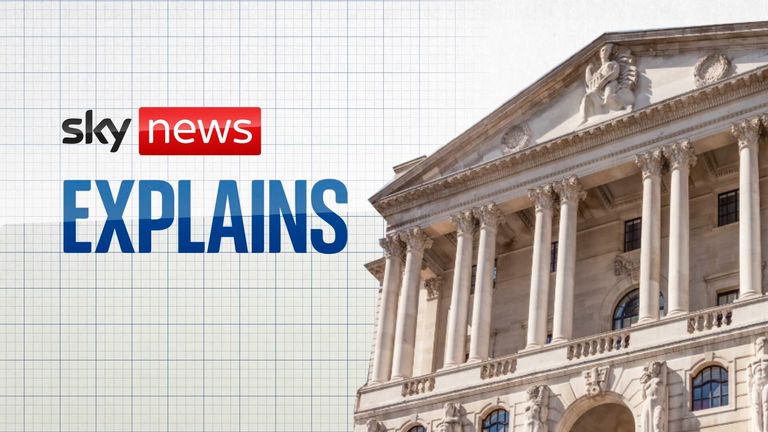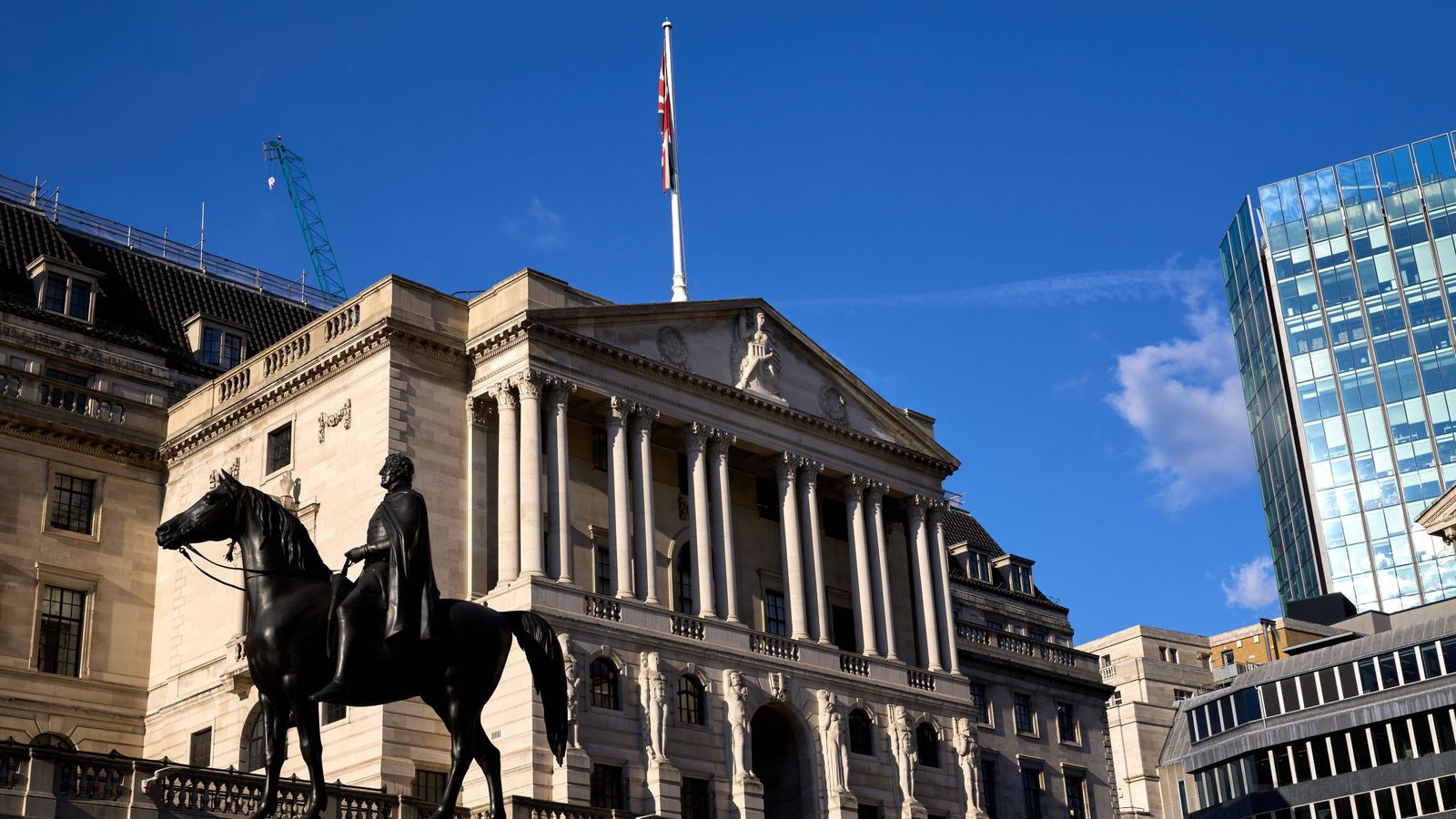
The Bank of England is set to stop its government bond buying scheme today after attempting to reassure the UK’s financial markets.
The Bank launched the unprecedented intervention after the chancellor’s mini-budget caused chaos within the markets, as well as a potential pension pots crisis.
It promised to buy up to £65bn in UK government bonds – which are known as gilts – from those who wanted to sell them.
The government issues bonds to generate money for government spending, which it can then spend on infrastructure.
In the UK, they are often used to service pension funds and the life insurance market.
Banks and large financial institutions that originally buy the gilts from the government at auction can sell them on to smaller financial institutions, traders or investors on the open market.
The price – or rate – at which they are bought and sold will be higher if investors think the government is able to repay the debt when the bond matures.
But when confidence in the UK economy falls, so does the bond price.
This increases the yield – the rate of interest – or cost of borrowing – as investors seek to protect their money.
How much did the BoE spend on bonds?
The scheme launched by the Bank of England was designed to restore confidence in the government’s finances – increasing bond prices and decreasing the yields it has to pay on them.
Initially, the Bank’s intervention seemed to push down yields on these gilts.
But on Wednesday, yields had surged as high as 5.1%, the same level they reached before the Bank’s initial intervention.
As part of the programme, the Bank bought around £4.35bn of bonds on Wednesday and £4.7bn on Thursday in an increased effort to help soothe the markets.
It brings the total bond buying to £17.8bn.
Ultimately, it has helped to prop up pension funds at a time when they were already under a lot of strain from global financial pressures.
Click to subscribe to the Sky News Daily wherever you get your podcasts
Another government U-turn expected
Chancellor Kwasi Kwarteng and Prime Minister Liz Truss are now under pressure to reinstate a planned increase in corporation tax from April.
On Thursday night, the chancellor announced he would be returning to the UK from the US earlier than planned, amid growing expectation of a government U-turn on corporation tax.
The widely anticipated move appeared to reassure the finance industry, after Bank of England Governor Andrew Bailey spooked the markets by insisting that the emergency support would not be extended.
Read more:
What on earth is happening in UK markets?
Is your pension at risk? – Here’s a helpful guide
Economy shrinks unexpectedly in August
Mr Kwarteng has also that there would be “no real cuts to public spending”, appearing to double down on comments made in the House of Commons by the PM on Wednesday.
The government’s plans revolve around securing an increase in economic growth – with a target of an annual rise of around 2.5% in gross domestic product.
The crucial date will be 31 October, when the forecasts presented by the Office for Budget Responsibility alongside the chancellor’s statement will give an assessment on whether such a plan is realistic.






